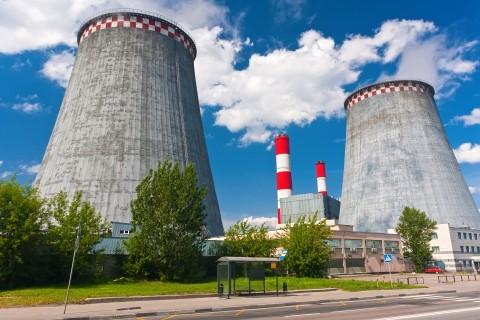
KHNP, KEPCO starts commercial operations of Shin-Wolseong 2 nuke reactor
Authorities finally gave their approval.
Korea Hydro and Nuclear Power Company Limited (KHNP), the wholly owned nuclear power generation subsidiary of Korea Electric Power Corporation (KEPCO), has recently announced that it had commenced the commercial operations of the Shin-Wolseong 2 nuclear reactor.
According to a research note from Moody's Investors Service, this follows approval from Korea’s Nuclear Safety and Security Commission.
The commissioning is credit positive for KHNP and KEPCO because it will strengthen the companies’ operating cash flow and debt metrics by boosting KHNP’s electricity sales and by reducing KEPCO’s reliance on relatively expensive liquefied natural gas (LNG) or oil-fueled power plants.
Here's more from Moody's Investors Service:
With 1,000 megawatts of capacity, the new reactor will generate 7,900 gigawatt-hours per year, according to KHNP. The gain will increase KHNP’s funds from operations (FFO) by KRW300-KRW400 billion annually, and support its credit metrics against sizable capital expenditures to build new plants. With this already reflected in our base case, we expect KHNP’s FFO/debt to be 23%-28% over the next 12-18 months, down slightly from 31% in 2014.
For KEPCO, the additional baseload generation will help reduce its overall generation costs, including the costs of purchasing electricity from independent power producers, which is mostly LNG-fueled and therefore costlier than electricity from nuclear or coal plants.
We expect such incremental savings to boost the utility’s FFO by KRW500-KRW600 billion annually, which, together with a significant decline in fuel costs, will strengthen its credit metrics. We expect KEPCO’s FFO/debt to improve to 20%-23% over the same period from 18% in 2014.
Significantly, the commencement of Shin-Wolseong 2’s operations marks the first commissioning of a new reactor in Korea since the discovery of substandard parts in some reactors in 2013, which led to lengthy inspections and temporary shutdowns of several reactors.
As such, the start-up of Shin-Wolseong 2 demonstrates the Korean government’s continued support for nuclear energy and sets a positive precedent for start-up approvals over the next three years of KHNP’s four other reactors that are currently under construction. These reactors, Shin-Kori 3 and 4 and Shin-Hanul 1 and 2, have a combined capacity of 5,600 megawatts and, if commissioned as scheduled, would augment the nation’s nuclear capacity by 26% by 2018.
In the Seventh Basic Plan for Long-Term Electricity Supply and Demand, approved by the National Assembly on 21 July, the government outlined its goal to nearly double KHNP’s nuclear capacity to 38,329 megawatts by 2029 from 20,716 at year-end 2014. To achieve this target, KHNP plans to add 12 more reactors, including the four Shin-Kori and Shin-Hanul units, over the next 15 years.























 Advertise
Advertise







